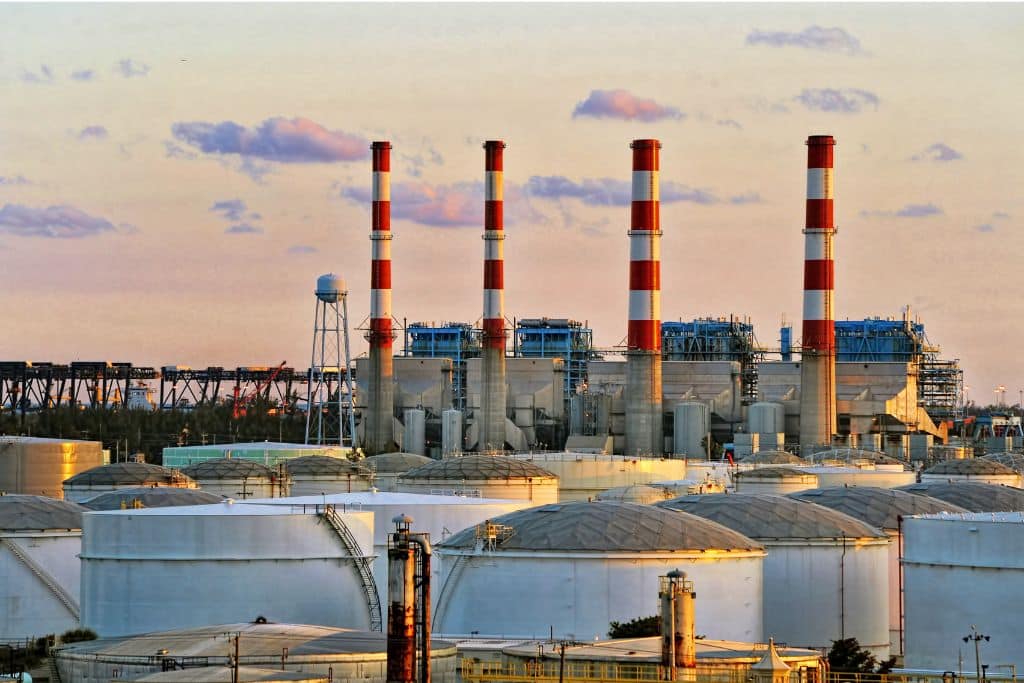The new EPA rules come almost a year after the Supreme Court struck down an earlier effort to cut emissions from power plants.
—
The Biden administration on Thursday unveiled a proposal to limit greenhouse gas emissions from coal and gas-fired plants, marking the first time the US government has directly regulated carbon dioxide emissions from existing plants.
The proposal, more than 18 months in the making, would impose a set of emissions limits on both existing and new plants that vary according to the type of plant, how it is used, and when it is scheduled to shut down. In order to meet the new standards, power companies would need to install carbon capture and sequestration technologies, shift to low-emission hydrogen as a fuel, or to renewable sources such as wind and solar.
Experts and environmental advocates welcomed the proposal, arguing that limiting emissions from power plants is a crucial move to curb global warming. The US is the world’s second-largest GHG emitter after China. Its power industry alone is responsible for about one-quarter of the country’s greenhouse gases, which mainly come from the combustion of coal and natural gas.
Speaking to students at the University of Maryland on Thursday, Environmental Protection Agency (EPA) Administrator Michal Regan said the new rules “will significantly reduce greenhouse gas emissions from fossil fuel power plants, protecting health and protecting our planet.”
US director of the World Resources Institute Dan Lashof said the announcement marks “a day for the history books, as the United States locks into the path toward a prosperous, clean and equitable future,” adding that “the era of unlimited carbon pollution is over.”
According to EPA predictions, the power industry will spend over US$10 billion to comply with the new rules, though subsidies available in the Inflation Reduction Act, the largest climate law in the country’s history, will help. The EPA also expects around $85 billion in health and climate benefits and 1,300 fewer premature deaths in 2030 alone, partly owing to an expected reduction in diseases associated with the spread of pollutants like particulate matter.
According to the Agency, the move would help avoid about 617 million tonnes of carbon dioxide emissions between 2028 and 2042, the equivalent of removing 137 million passenger vehicles from the road. This, however, is still less than half the 1.5 billion tonnes emitted by the electric power sector in 2022 alone.
The proposal comes less than a year after the US Supreme Court curbed the ability of the Environmental Protection Agency (EPA) to regulate carbon emissions from existing coal- and gas-fired power plants under the landmark Clean Air Act anti-pollution law, arguing the Agency had overstepped its authority. The West Virginia v. EPA case was brought by coal companies and Republican-led states who claimed the Agency did not have the authority to regulate carbon emissions.
Thursday’s proposal reflects constraints imposed on the EPA by the Supreme Court last July, which US President Joe Biden condemned as a “devastating decision that aims to take our country backwards.” Despite losing its ability to impose a system-wide shift from planet-warming fossil fuels to clean, renewable energy sources, the EPA can still regulate plants by setting technology-based standards applied on-site. Regan said the new rules followed the “traditional approach” and would not trigger the same legal issues.
You might also like: 3 Carbon Capture Technologies We Must Scale Up to Meet Net Zero


















